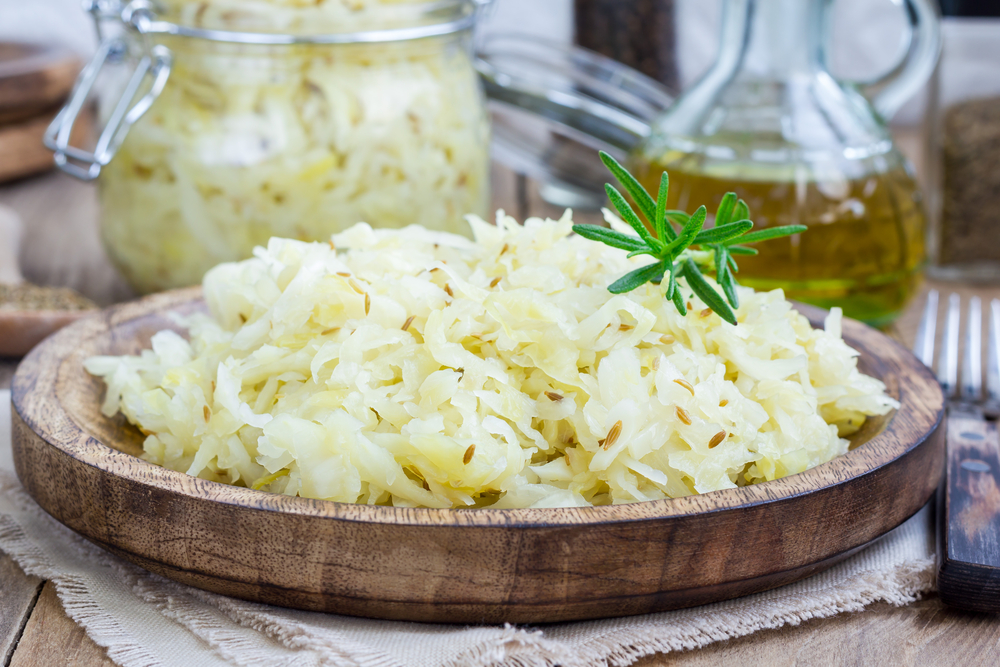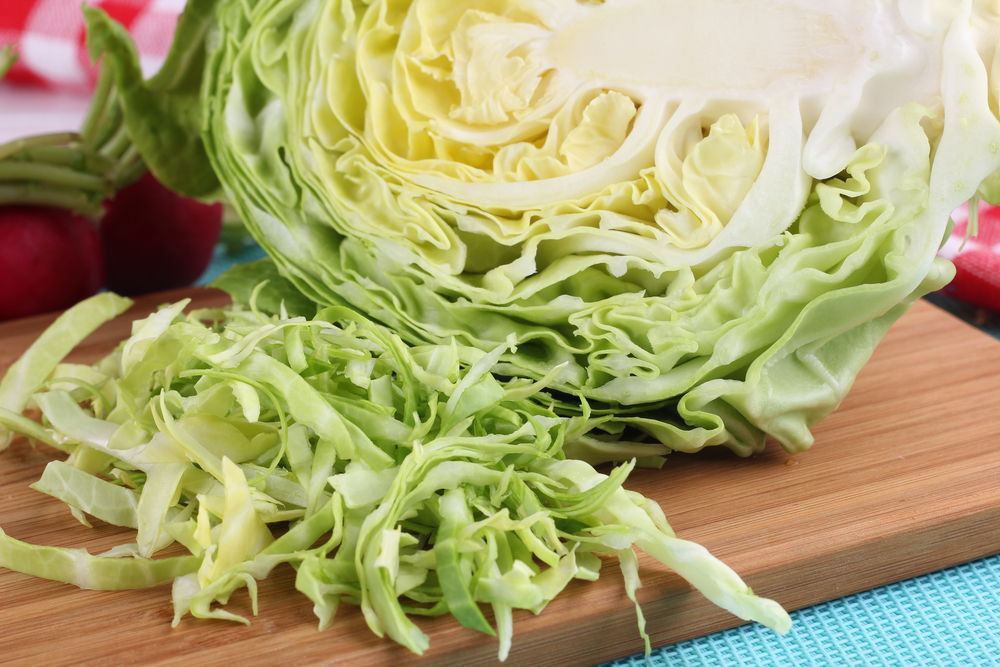Sauerkraut is made through a process of fermentation and will continue developing flavor as long as it sits. Originally fermented with rice wine, it was first developed by the Chinese. The salt-based fermentation process used in most sauerkrauts today was an innovation of Eastern Europe. One of the most popular dishes in the United States with Eastern European roots, sauerkraut is commonly served as a condiment, eaten over hot dogs and layered in pub sandwiches like the Reuben. In the northeastern US, the Pennsylvania Dutch traditionally serve sauerkraut at New Year's Day celebrations, when eating it is thought to bring good luck. On the eastern seaboard, particularly in Maryland, sauerkraut is traditional as a Thanksgiving side dish.
Recipe Servings: 2
+ 336 hours resting
Directions
- Place the cabbage in a large bowl, sprinkle it with salt, and then, working with clean hands or a potato masher, knead or pound the cabbage for about 10 minutes, until there is enough liquid to cover.
- Transfer the cabbage and its liquid to a quart-size jar, adding water as necessary to completely cover the cabbage with fluid.
- Cover the jar with an air-tight lid and let ferment at room temperature for at least 2 weeks.
- Open jar daily to relieve excess pressure and then tightly reseal lid.
- Move the finished sauerkraut to cold storage and age as desired before serving.
Recipe introduction and directions © Copyright 2016-2025 World Trade Press. All rights reserved.


